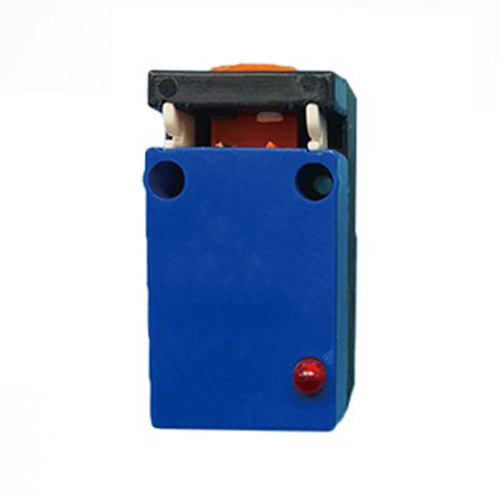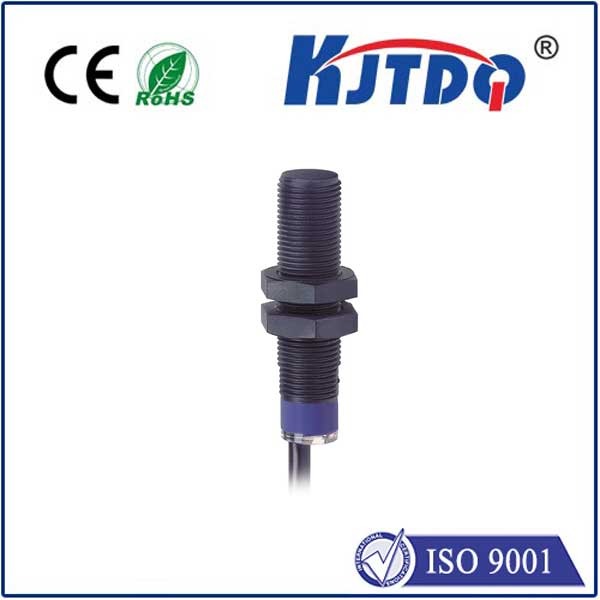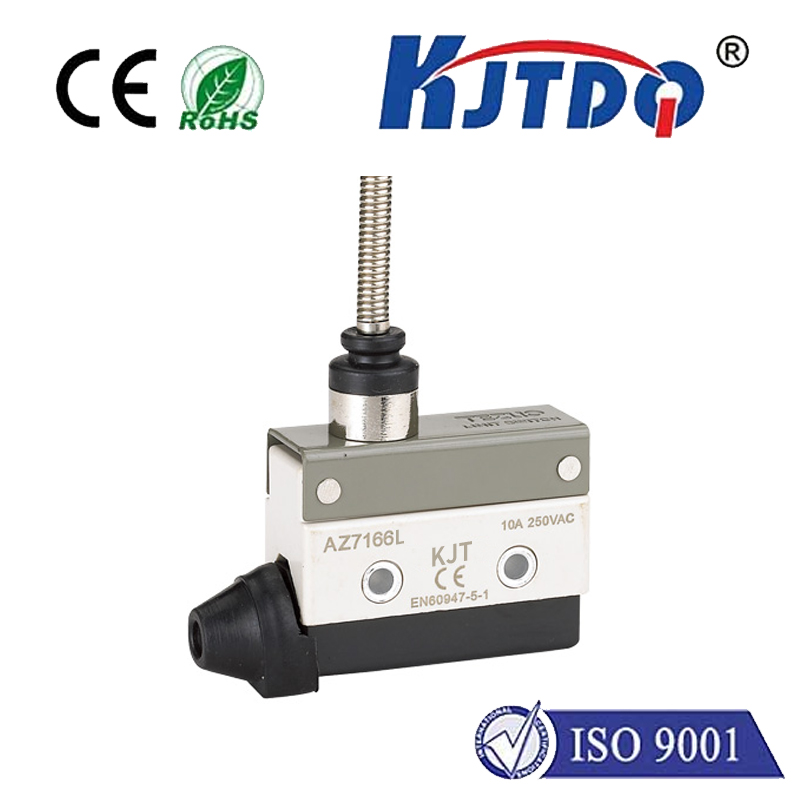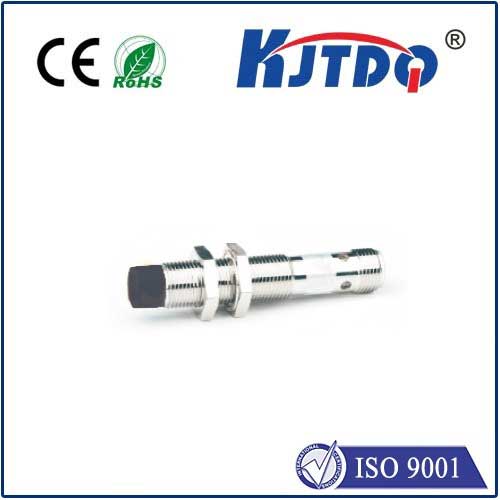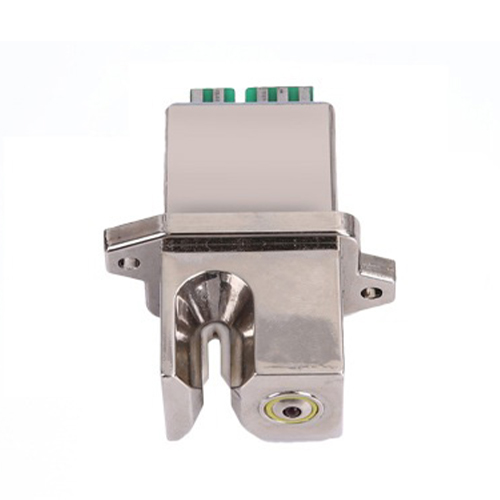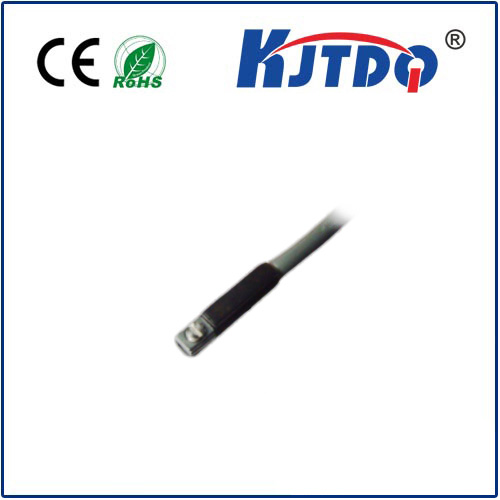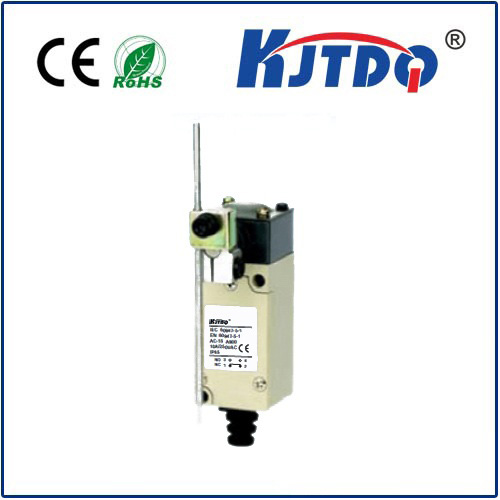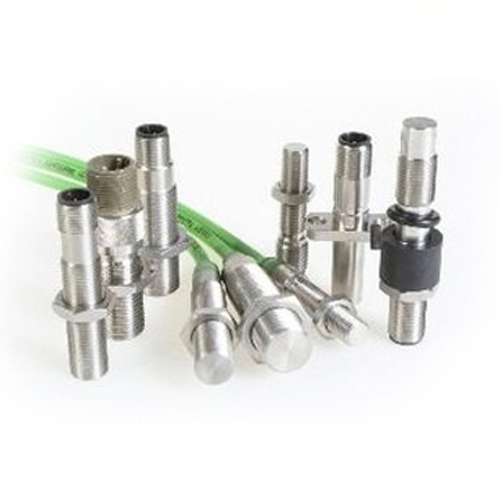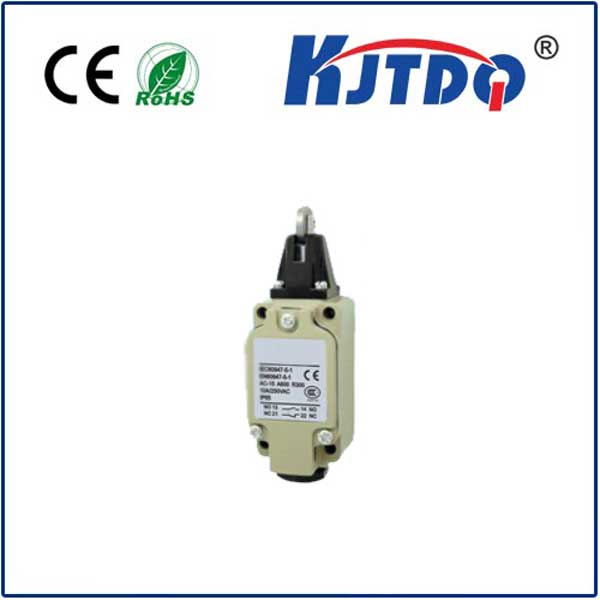

check

check

check

check

check

check

check

check

check

check
Heat Resistant Proximity Sensors: The Future of Sensing Technology
Proximity sensors have become an integral part of modern technology, enabling machines and devices to detect the presence of objects or people without physical contact. These sensors are widely used in various industries, including automotive, manufacturing, and robotics. However, conventional proximity sensors are limited by their sensitivity to temperature changes, which can affect their accuracy and reliability. This is where heat resistant proximity sensors come into play, offering a solution to this problem.

Heat resistant proximity sensors are designed to withstand high temperatures, making them ideal for use in harsh environments such as industrial furnaces, boilers, and engines. They are made from materials that can resist the effects of heat, ensuring that they continue to function accurately even in extreme conditions. This makes them an essential component in applications where traditional sensors would fail due to excessive heat.
One of the key advantages of heat resistant proximity sensors is their ability to provide reliable measurements in high-temperature environments. Unlike conventional sensors that may lose accuracy or become damaged at elevated temperatures, these sensors are specifically designed to maintain their performance and durability in such conditions. This ensures that they can provide accurate readings even when exposed to extreme heat sources.
Another benefit of heat resistant proximity sensors is their versatility. They can be used in a wide range of applications, from monitoring the temperature of industrial equipment to detecting the presence of objects in hot environments. For example, in the automotive industry, they can be used to monitor engine temperature and detect issues before they become serious problems. In manufacturing, they can be used to ensure that machinery is operating at safe temperatures and prevent equipment failure.
In addition to their robustness and versatility, heat resistant proximity sensors also offer improved safety features. By being able to operate reliably in high-temperature environments, they can help prevent accidents and injuries caused by equipment failure or operator error. This makes them an essential tool for industries that require precise control over temperature and object detection.
In conclusion, heat resistant proximity sensors represent the future of sensing technology. With their ability to withstand high temperatures and provide accurate measurements in harsh environments, they offer numerous benefits over conventional sensors. Whether you are involved in manufacturing, automotive, or any other industry that requires precise temperature control and object detection, heat resistant proximity sensors should be an integral part of your sensing technology portfolio.
